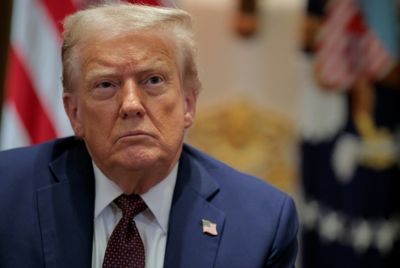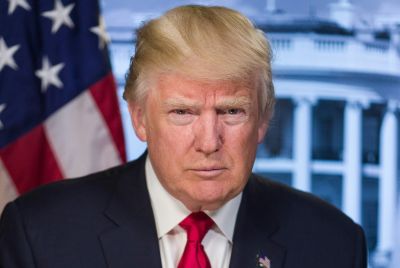Daylight Savings Clock Shake-Up: Could Trump's Plan Finally Stop Time Changes?
Trump's plan reignites debate over Daylight Savings Clock changes and the push to end America's twice-yearly time shifts.

Daylight saving time ended across most of the United States on Sunday, November 2, when clocks fell back one hour at 2AM, returning the country to standard time. The twice‑yearly ritual renewed debate about whether the practice should continue at all and added fresh momentum to a political push to end clock changes once and for all.
Why The Clock Change Persists
The United States has observed seasonal clock changes in various forms for more than a century, with the Uniform Time Act of 1966 providing the modern legal framework that most states follow.
Clocks now spring forward on the second Sunday in March and fall back on the first Sunday in November. The rationale for daylight saving time historically centred on energy conservation and extending evening daylight during summer months.
Over time, however, the justification has been contested. Medical researchers point to disruptions in circadian rhythms associated with the biannual shift, linking it to short‑term increases in heart attacks, traffic accidents, and sleep disturbance.
Public opinion surveys show broad dissatisfaction with the change, and dozens of state legislatures have considered measures to end or alter the practice. But federal law prevents states from adopting permanent daylight saving time without congressional approval, leaving the timing question unresolved at the national level.
Trump's Proposal and the Political Landscape
Former President Donald Trump and some allied lawmakers have advocated ending the clock change, arguing it is an avoidable nuisance and an unnecessary administrative burden.
In late 2024, Trump declared his intention to push Congress to eliminate daylight saving time or at least cease the biannual switching. Support from high‑profile figures has elevated the issue in Washington, but the path to reform remains complicated.
The Senate passed bipartisan legislation in 2022 that would have made daylight saving time permanent, preserving the longer evening daylight that many Americans prefer, but that bill stalled in the House. Opponents, including some health experts, favour permanent standard time because it aligns better with human circadian biology and morning light exposure.
The policy question, therefore, splits not only along partisan lines but also among competing public health, economic, and lifestyle priorities. Any lasting change will require careful negotiation in Congress to reconcile those divergent views and to set a national standard that accounts for regional preferences and practical consequences.
In case you missed this morning’s “fall back” from Daylight Saving Time to Standard Time! pic.twitter.com/rIGW4AbZcF
— Save Standard Time (@SaveStandard) November 2, 2025
Practical Implications and Next Steps
If Congress acts to end the clock change, lawmakers face a choice between establishing permanent standard time or permanent daylight saving time. The choice has real consequences for everyday life: permanent daylight saving time would offer more evening light year‑round but darker winter mornings, while permanent standard time would give earlier sunrises in winter and reduce circadian disruption, according to sleep researchers.
States that had already passed measures signalling a preference for permanent daylight saving time would still require federal approval to implement that change. Meanwhile, many devices and services now automatically adjust for the switch, softening immediate disruption for most people.
Employers, schools, and transport operators must still plan for earlier dusk and later dawn in the months after the fall change. For policymakers, the debate over time reflects a wider tension between public preference and scientific guidance, and any legislative fix will need to balance those considerations. In the short term, the November clock change is likely to remain an annual feature, even as campaigners press for a permanent solution.
The seasonal return to standard time revived familiar arguments on both sides of the clock debate, and political momentum has increased for reform. Whether Congress will adopt a permanent time policy and, if so, which one remains uncertain, but the issue has climbed a legislative and political agenda that may finally force a long‑overdue national decision.
© Copyright IBTimes 2025. All rights reserved.





















